Part I: A Happening at the SF Symphony – Prometheus, Poem of Fire
The SF Symphony presented extraordinary works by Alexander Scriabin and Bela Bartok at Davies Symphony Hall, March 1-3. Prometheus, the giant Titan in Greek mythic history, was a rebel. He stole fire from the gods and gave it to humans. He was punished by being imprisoned on a rock where a scavenging bird would forever tear out bits of Prometheus’ liver.
Scriabin’s Prometheus, the Poem of Fire, Op. 60 (1911) is the product of Scriabin’s belief that music could call forth visible colors, lights, and aromas. He wanted all those arts to be present in a grand Mysterium. Yes, it anticipated Happenings of 1968. He bought land in Darjeeling, India, and planned to have his ecstatic performances take place there. In the era of Scriabin’s work, there was exploration of spirituality, fabulous contact with unknown forces; Scriabin’s theater would enhance it all with “lights and mists.” His plans for the Mystery were never fulfilled.
Esa-Pekka Salonen, Music Director of San Francisco Symphony, Conducts Prometheus, Poem of Fire; Jean-Ives Thibaudet at the Piano, photo by Brandon Patoc
The project at Davies Symphony Hall was the result of collaboration among Esa-Pekka Salonen, composer and Music Director of the San Francisco Symphony, Jean-Ives Thibaudet, acclaimed pianist, and Mathilde Laurent, in–house perfumer of Cartier. The SF Symphony Chorus added human voices to the music. This threesome of all-star leading artists must have enjoyed creating a grand performance from the mystery which Scriabin had left in tantalizing suggestions. In recent years, the concept of Synesthesia has found proof that about 3%-5% of the population does see colors matching sounds. Scriabin believed it was within everyone, but that has not been shown, not yet. The performance was fascinating. The music, sometimes light or intermittent, was interesting and able to weave the lights, colors, and scent into unified senses.
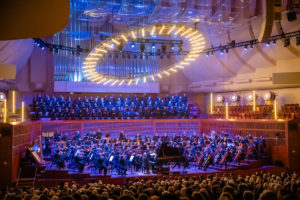 Example of lights which changed with connections to music. Photo by Brandon Patoc
Example of lights which changed with connections to music. Photo by Brandon Patoc
There is a circular design of colored lights above the stage. The program shows that six of them are directly connected to musical notes. For example, F sharp and G flat are both in one dark purple circle. A flat is alone in red. The six notes that do not have designated notes are different colors: dark brown, orange, light brown, light green, and two dark green circle lights. Luke Kritzeck is Lighting Designer.
Three perfumes whirled into the hall. Mathilde Laurent created perfumes specifically for moments of the Prometheus story. At the beginning, “Avant/Before,” expresses earthy existence: rain, thunder, ice, vegetation. The second perfume, “XIII Heure/ The 13th hour,” represents the climax of the story and the music: Prometheus gives the gift of fire to humans. The three collaborating artists consider that gift is the source of human creativity, the origin of the arts. The final scent, “L’Apres/After,” shows the creatures now fully human and must be masters of their destiny. Ms Laurent chose bergamot, verbena, fresh grass conveying light and warmth. Various arts become the whole art: Jean-Ives Thibaudet making music by playing the piano, Mathilde Laurent creating scents to express the developing character of human life, Esa-Pekka Salonen to conduct and combine the arts and their artistry. Ms Laurent felt the scents sent forth the “joy and hope” Scriabin and his present collaborators hoped would move us all in a grand union.
Photos by Brandon Patoc courtesy of the San Francisco Symphony.
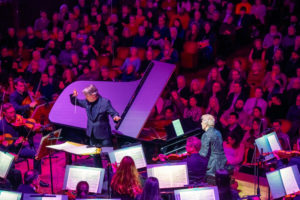
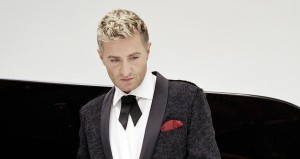 Jean-Ives Thibaudet
Jean-Ives Thibaudet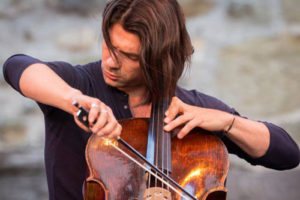
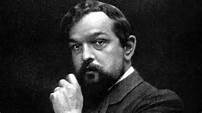
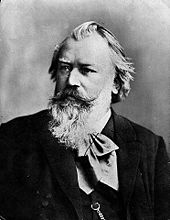 Johannes Brahms(1833-1897)
Johannes Brahms(1833-1897)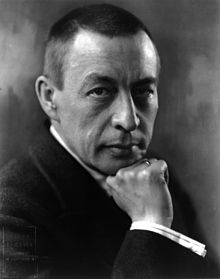 Sergei Rachmaninoff (1873-1943)
Sergei Rachmaninoff (1873-1943)